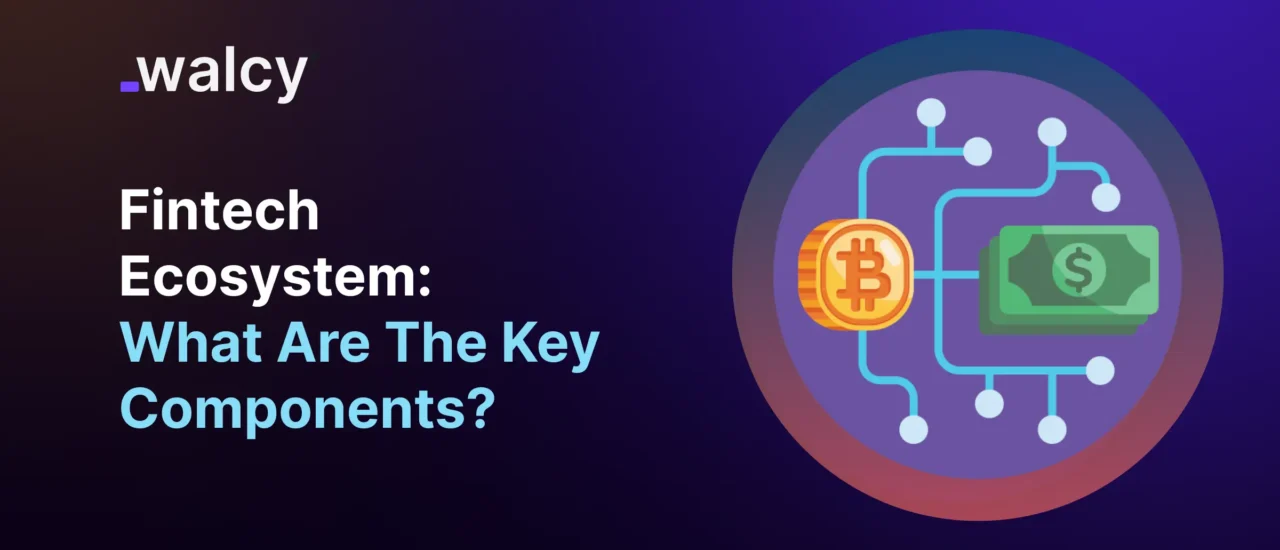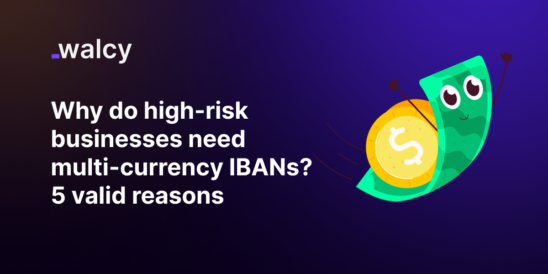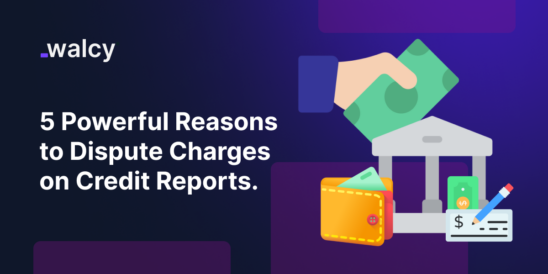Fintech ecosystems are but a manifestation of one sea change in the financial service landscape, whereby integration of technology in financial services is made to upgrade and automate the delivery and use of financial services.
It has reshaped the way people and businesses handle money, investments, and interactions with financial institutions.
Such a journey will explore the main elements that make up the global fintech ecosystem, after which notable examples of such are identified, and who the other participants are that enable such innovation.
Understanding the Fintech Revolution
The term “fintech” is a marriage between the terms “financial technology” and refers to a wide range of applications, starting with mobile apps for bill payments to complex blockchain-based solutions. In sum, various elements have driven this fintech revolution to date:
Technology Advancements: With rapid development in technologies such as AI, big data, blockchain, and cloud computing, it has been possible to offer new financial services and make the existing ones seamless.
Consumer demand: Frictionless, rapid, and personalized financial experiences, required by modern-day consumers, can often be provided by traditional banks.
Changing regulations: With most fintech innovations finding their place in accommodating regulatory regimes, the latter often promotes competition and spurs innovation.
Global Connectivity: It means through the use of the internet and cellular phones it has gotten consumers globally connected, including those underserved with financial services.
Key Components of the Fintech Ecosystem
The entire fintech ecosystem consists of several integral parts each of which is very critical in its working and overall development. The important components of the ecosystem are summarized below:
-
Innovative Startups
The innovative startups challenging traditional models of finance are actually at the heart of the FinTech ecosystem. Usually, such companies stick to a specific niche, for instance:
Payments: This has been revolutionized by firms like Square and PayPal into how companies receive their money.
Lending: Firms like Lending Club and SoFi provide alternatives to bank loans through peer-to-peer lending.
Investment: Examples of robo-advisors are Betterment and Wealthfront firms that sell automated investment management.
These new startups also focus a great deal on user experience. Thanks to technology, they make complicated and often expensive procedures simpler and more available.
Read about: Neo-Banks Like Walcy; Disrupting Conventional Banking(2024)
-
Traditional Financial Institutions
But while the part of FinTech startups is not insignificant, traditional financial institutions like banks and credit unions have carved a niche in the industry.
Indeed, a lot of the incumbent players now partner up with FinTech companies or create technologies themselves in the hope of adding value to their offerings. Examples include:
- Partnerships: Banks can, in many cases, simply partner with a FinTech company for a creative solution and leverage their customer base and regulatory knowledge.
- In-house innovation: JPMorgan Chase has built a fintech group, just like Goldman Sachs recently did, to experiment with new technologies and business models.
-
Regulatory Bodies
They help bring order into the shape of things through regulatory bodies. They ensure that innovations are done within the ambit of the law that protects consumers against possible abuse and preserves market integrity. Some of their salient functions include:
- Licensure: To stipulate certain requirements that must be met by a Fin-tech company before it can be legally licensed to operate.
- Oversight: Monitoring activities to prevent fraud, money laundering, and other financial crimes.
- Encouraging Innovation: Some regulators have supported “regulatory sandboxes” that allow startups to test their solutions in controlled environments.
-
Technology Providers
At a very fundamental level, much of the fintech ecosystem is underpinned by technology providers delivering the infrastructure and tools required for fintech solutions. Examples might include:
- Cloud services: AWS, and Microsoft Azure, to name a few, offer scalable services for data storage and processing.
- Payment Gateways: Stripe and Adyen help business owners in processing online payments effectively.
- Cybersecurity Firms: Since the operation of Fintech involves sensitive financial information, cybersecurity firms belong to that part, which plays a major role in safeguarding users’ information.
-
Investors and Venture Capitalists
Investments act as catalysts in the Fintech ecosystem. Private equity firms and venture investors are always searching for new chances that may present themselves from expanding fintech companies.
They do provide the much-needed capital required for accelerating the functions of growth and innovation.
Key Highlights:
Funding Rounds: During the scaling up of operations, fintech startups usually undergo several funding rounds.
Accelerators and Incubators: They would contain different programs, such as Y Combinator and Techstars, which further help in nurturing fintech startups through mentorship and seed capital.
-
Consumers
Consumers are the customers of the solutions provided in the fintech space and form an important part of the ecosystem. Their preferences and behaviors drive the development of new products and services. Some of the main trends in consumers include:
Preference for Digital Solution: The fact that consumers would prefer mobile and the internet as methods of solution finding over conventional modes of banking is something that is becoming increasingly evident.
The need for Personalization: There is a demand on the part of users for personalized services to meet the specific needs of their finances. This, in turn, has been one of the drivers toward innovation in user experience.
-
Data Analytics
Data forms a very critical backbone in the fintech ecosystem. In essence, the ability of any firm to collect, analyze, and put into work this data helps to provide better services, including:
Risk Assessment: Big data in Fintech firms are used in carrying out creditworthiness tests as part of minimizing risks.
Personalized Marketing: Analytics thus enable companies to offer their products and services to consumers’ tastes.
-
Collaborative Platforms
Thousands of fintech firms use collaborative platforms that allow the partners to collaborate on one platform. These platforms provide for smooth communication, sharing of data, and innovation. Some of these include:
API Marketplaces: Places like Plaid have been created to integrate multiple financial applications seamlessly with the interests of consumers in mind.
Major Hubs for Fintech: London, San Francisco, and Singapore are some hotbeds for FinTech startups, investors, and regulators.
Some Examples of Successful FinTech Ecosystem
On issues to deal with FinTech ecosystems, a host of regions in various parts of the world are exemplary as far as well-functioning systems are concerned. Included are:
- Silicon Valley, USA
Besides technology companies, Silicon Valley is fast emerging as a hotbed for innovation with a high number of FinTech startups. Examples of companies born in this region include Stripe and Robinhood. Most of them received tremendous investment in venture capital.
- London, UK
London is one of the biggest fintech hubs in Europe, with a very strong regulatory environment helping to nurture innovation. The UK’s Financial Conduct Authority has just announced initiatives aimed at fostering collaboration between fintech’s and banks, which have in turn created an attractive environment for new businesses.
- Singapore
Government support for all things FinTech is very encouraging, with things like the Monetary Authority of Singapore’s Fintech Regulatory Sandbox. Already, hundreds of FinTech startups use the city-state as their home and very critical entry point to the Asia-Pacific market.
- Estonia
This has translated well into a reputation for hosting one of the most digital governments in the world, to being a very strong environment for FinTech, with startups such as TransferWise-now Wise-building significant businesses. Its e-residency program also means it’s easy for entrepreneurs from anywhere in the world to register businesses.
Challenges for the Fintech Ecosystem
With all this growth and potential, there is a host of challenges that the FinTech ecosystem needs to overcome. A few of these are noted below:
Uncertainty in Regulations: Due to this rapid change in regulation, any beginning enterprises that try to understand and be compliant with regulations always face uncertainty.
Cybersecurity Threats: Since FinTech companies deal in sensitive information, especially financial data, they remain one of the most prized targets for cybercriminals.
Market Saturation: With increasingly more players starting to set up their business in this space, differentiation is hard to attain.
Consumer Trust: In the case of the presence of dominant players, the need to win consumer trust becomes huge, especially for new entrants.
Conclusion
The fintech ecosystem runs a gamut from innovative startups through traditional financial institutions, regulatory bodies, and technology providers, and is complex and in flux.
Continuous growth in the fintech revolution means participants of these segments come together, solve challenges, and leverage the growth opportunities.
While changing consumer demands are met, embracing technology means the role of the Fintech ecosystem is bound to be pivotal in the future of finance, forming the backbone of people and businesses interacting with financial services around the world.
Read about: Major Types of Cross-Border Payments in 2024; Detailed Guide
Do follow us on Facebook and LinkedIn, to stay connected with us.



